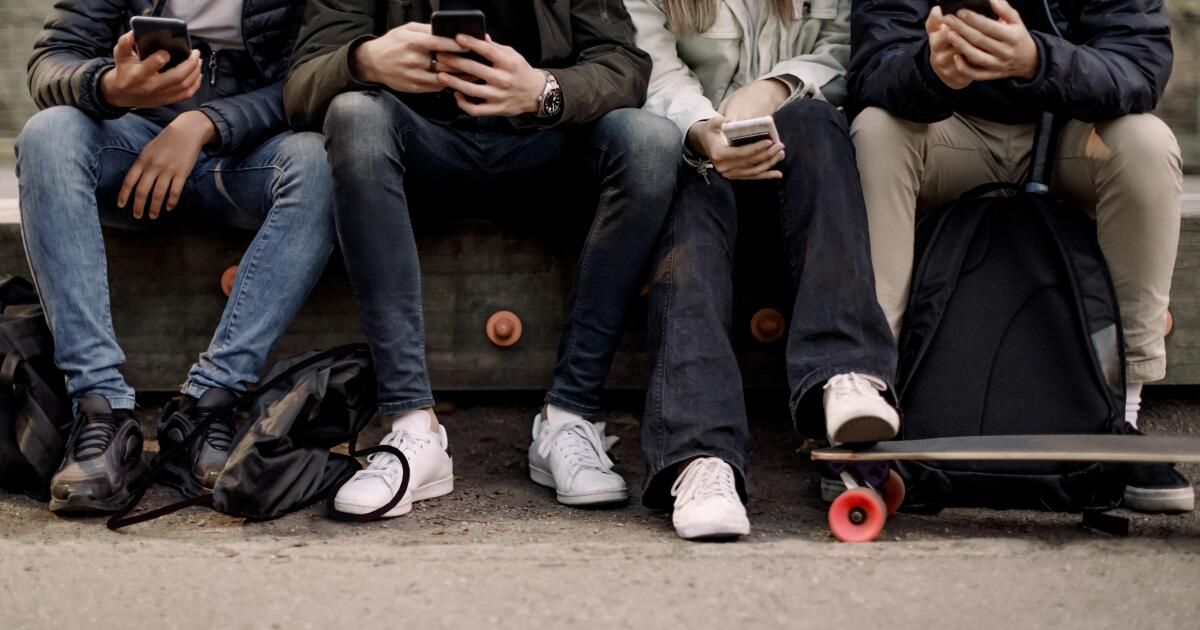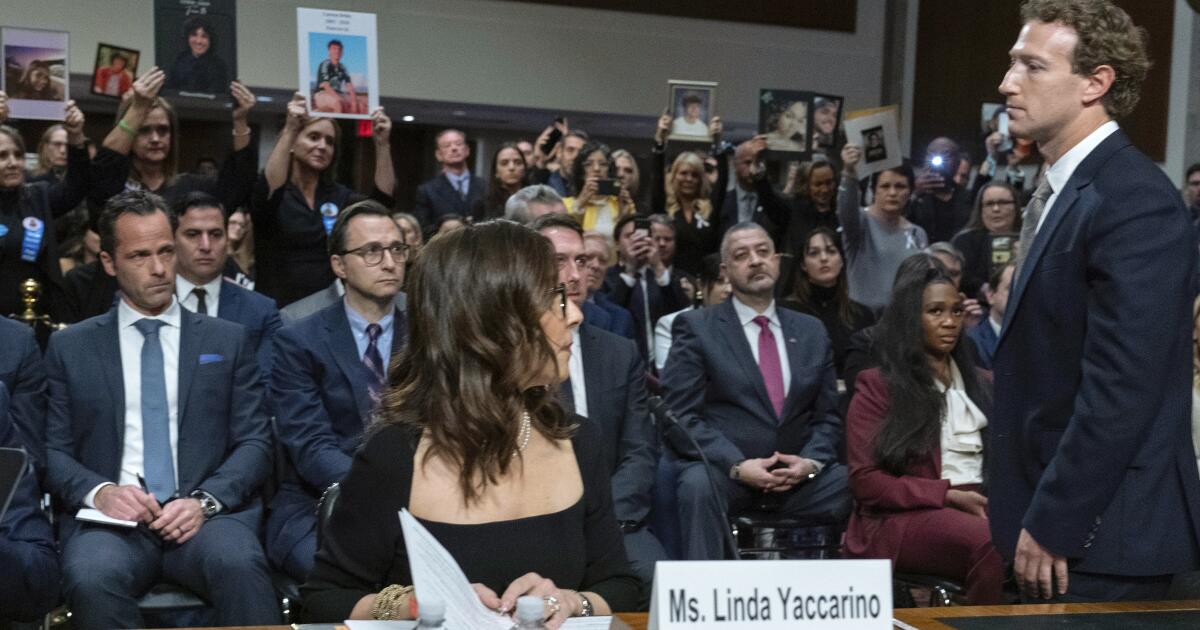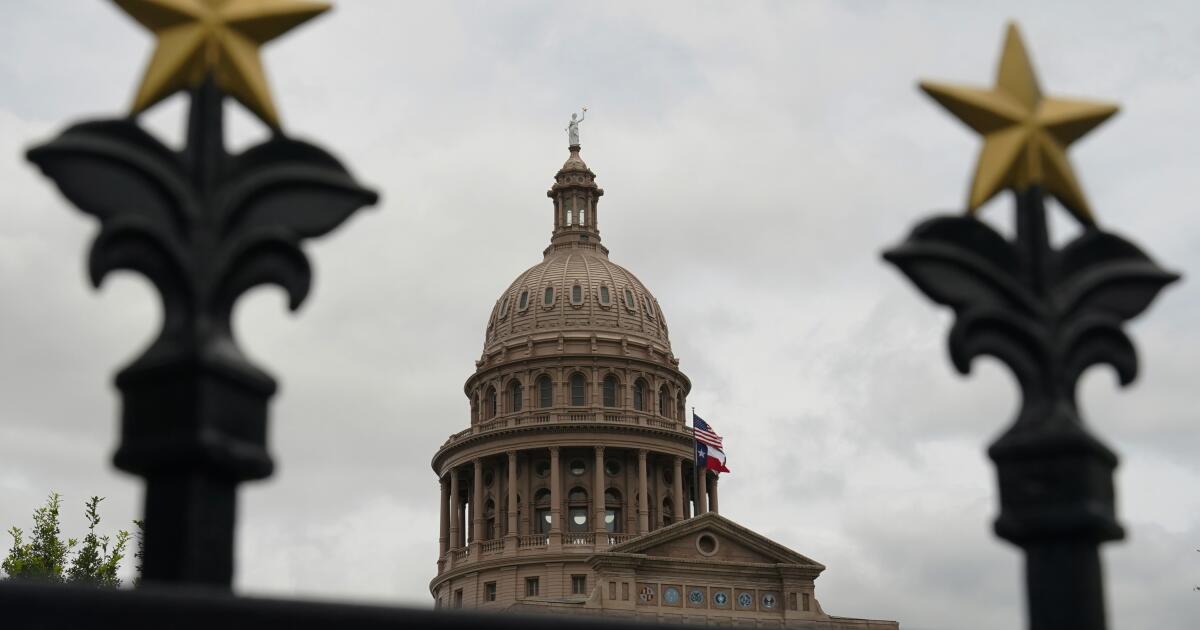At school, after school, the story is the same: students' smartphones are distract them from learning and eroding mental health and social connection in person. This places an unsustainable burden on teachers and administrators who monitor its use in accordance with their schools' policies. To address this in the Los Angeles Unified School District, I have introduced a resolution to ban student cell phones during the school day. I believe this policy is necessary to create healthier learning environments for our children.
Research supports what I have observed in my visits to schools. In psychologist Jonathan Haidt's book, “The Anxious Generation: How the Great Rewiring of Childhood is Creating an Epidemic of Mental Illness,” he shows how the use of smartphones and social media, in addition to having access to both in schools, leads to higher rates of depression, anxiety, cyberbullying, and physical fights. Additionally, phones and social media lead to lower rates of meaningful in-person interaction and less beneficial social-emotional development.
The academic cost is equally severe. A UNESCO report from 2023 presented clear indications of the negative effects that mobile phones are having on education globally, citing increased classroom distractions and lower academic performance.
As studies show the harm of smartphones and social media, initiatives are being implemented to curb student phone use in schools. gaining strength throughout the country and the world. A handful of states, including Indiana and Florida, and even more schools and districts have implemented smartphone bans in schools. AND California is one of at least half a dozen states that have pending legislation.
The new regulations seem to be working. Several studies have indicated that limiting phone use in the classroom increases academic performance, with gains in test scores similar to those achieved when an hour is added to the school week. A study of schools in Spain that imposed smartphone bans showed an increase in test scores and a significant drop in cyberbullying. Researchers have found physical benefits toosince limiting the phone during recess causes more time to be spent active.
Principals at LAUSD schools that have implemented phone-free school days policies report that fights have decreased, student engagement has increased, and the overall campus climate is more positive. but current district policy It hasn't been updated since 2011, so they had to take it upon themselves to implement stricter rules. If the new policy is approved, principals will simply conduct district orientation.
A ban on smartphones in LAUSD schools would pose challenges, particularly related to law enforcement. But these are surmountable obstacles. Many schools distribute magnetically sealed mobile phone cases to the students. The bags are closed and unlocked with a specialized magnet, which is placed near school entrances. Students tap their bag to lock it when they arrive at school and then tap it again to unlock it when they leave. Another option is to store the devices in a cell phone locker in the morning; Students can retrieve them at the end of the day or in case of an emergency.
Some schools rely on trust and a code of honor: Kids can keep their phones but promise not to have them on or off during the day. However, according to Haidt, without actually removing devices from the equation, teachers and staff end up having to enforce bans on top of their already full workloads. Even the most vigilant teachers cannot always prevent surreptitious displacement. And one-on-one enforcement requires more time on the part of teachers and administrators than confiscating phones and then returning them at the beginning and end of the school day.
A common concern with locking up smartphones is that in the event of an emergency, students will not be able to call for help. Some public safety experts say that it is safer for children not to have their phones in emergency situations. In the case of an active shooter, for example, too many students calling 911 could overload a switchboard, and noises or vibrations from a phone could reveal a student's location. School officials, not students, must execute emergency plans and communicate with teachers, students, parents and authorities.
Implementing a smartphone-free policy in LAUSD schools is not an attempt to ignore the realities of the digital age. Students will continue to have access to the internet with district-issued laptops and tablets. By removing personal smartphones and social media from the school day, we will help keep children focused on the technology that supports education, isolating them from the distractions of technology that does not.
Just as we ban harmful substances like tobacco and alcohol in schools, we must also implement a district-wide protocol that addresses the adverse effects that smartphones and social media have on children. By going phone-less, LAUSD can help restore learning environments that foster focus, social connection, and healthy development. Our children deserve no less.
Nick Melvoin is member of the Los Angeles Board of Education. @NickMelvoin











